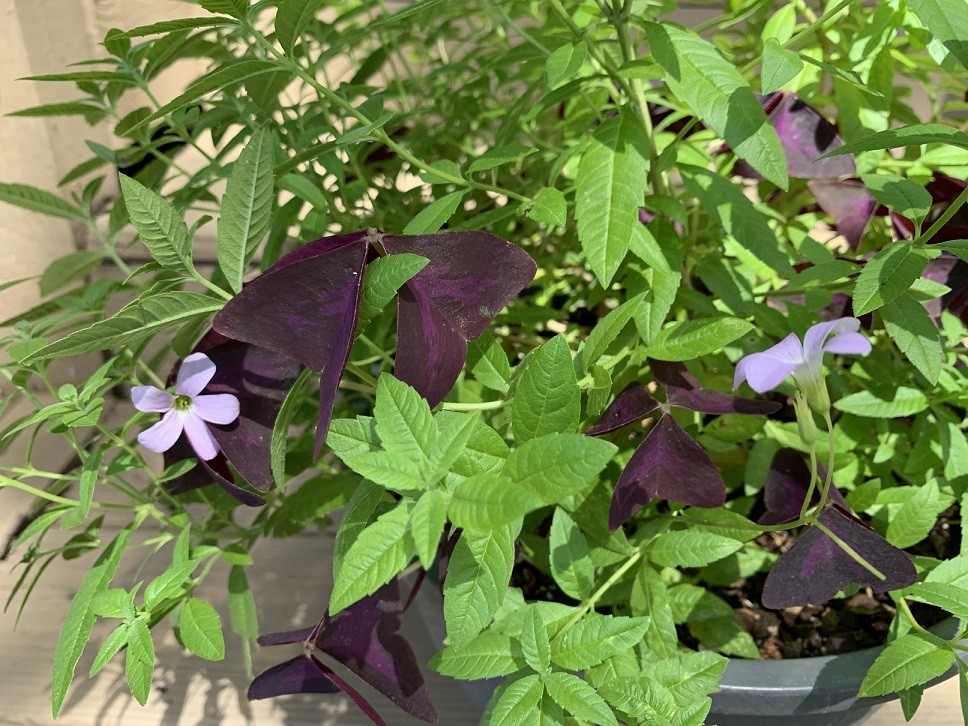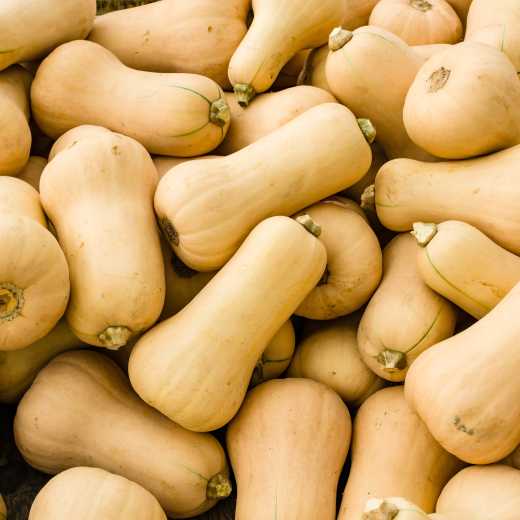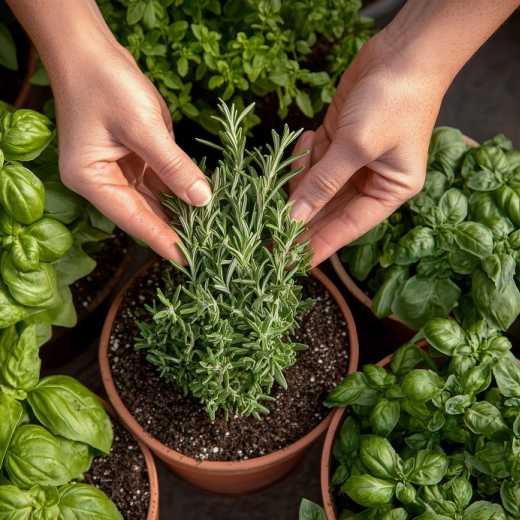Lemon Verbena
Known as the queen of lemon scented herbs, lemon verbena has the clearest, sharpest lemon scent in the world of herbs. Lemon verbena (Aloysia citrodora) is a tropical plant that we grow as an annual in the mid-Atlantic area. Native to South America, the Spanish brought the plant to Europe where it was primarily used in perfume. In fact, lemon verbena is mentioned in the famous book/movie, Gone With the Wind by Margaret Mitchell. Scarlett O’Hara’s mother Ellen used lemon verbena as her signature fragrance: “The faint of lemon verbena surrounded her, floating gently from Eleanor Butler's silk gown and silken hair. It was the fragrance that had always been part of Ellen O'Hara, the scent for Scarlett of comfort, of safety, of love, of life before the War.”
Today, you will still find lemon verbena used as a fragrance in hand lotions, soaps, perfumes, and bath products. Usually, I use mine in the kitchen but recently I thought of a way to use the leaves in the bath which I will explain later. Lemon verbena pairs well with fish, poultry, fruit, vinegars, sugars, butters and syrups. The leaves also can be added to baked goods such as quick breads, pound cake, sugar cookies, scones, muffins, pies custards. I add leaves to my black tea but an herbal tisane can be prepared (just the lemon verbena leaves and boiling water). Sometimes I add the leaves to lemonade or cocktails. Because the scent is retained when the leaves dry, lemon verbena is great for sachets and potpourris.
The key to using lemon verbena is to pick the leaf in the proper stage. If you rub the mature, bigger leaves you will feel the sensation of fine hairs. This rough texture is not good for eating raw but these leaves can be used for non-edibles such as sachets, potpourris, and bath products. Or they can be used like bay leaves, where you add to fish or chicken and then remove before serving.
When you are actually eating the leaf, such as baking and fresh fruit, you want to use fresh, young leaves. Pick the youngest, smallest leaves, which are smooth. These can be finely minced and added to fresh fruit, batter, butters, sugars, and most deserts.
Recently I made lemon verbena sugar cookies with minced young leaves. Although the recipe called for using lemon zest as well, I only used the lemon verbena and I thought the cookies were very lemony. But when mincing the young leaves, I realized I could cut the older, hairy leaves the same way and then mix or layer with about 2 cups of Epsom salts in a glass jar. In a few weeks, the Epsom salts would absorb the lemon scent and I could put the mixture in the bath. Or better yet, give as a “Gardener’s Gift” to my fellow gardening friends who know the value of soaking in Epsom salts after a hot day in the garden.
Although you can plant lemon verbena in the garden bed, I always grow mine in a container on the deck. Lemon verbena prefers full sun and well-drained soil, rich in organic matter. This year I planted mine with oxalis pips (Oxalis regnellii var. triangularis) which has dark purple foliage and small flowers. Although the oxalis is not edible, I thought the contrast of purple and light green plus a few flowers thrown in would make the container more attractive.
Lemon verbena is hardy to zone 9 so in my zone 7 Virginia garden, the plant will die with the fall frosts. I can either let the plant die or bring the plant indoors and keep it alive until next May. Once inside, the plant will drop leaves and go dormant which means that it will look ugly during the winter. The challenge is keeping it watered just enough so it does not die but not too much that the roots rot. And, of course, the dry air can encourage spider mites. Trying to keep this plant in the house during the winter works best if you place the plant in a cool, dark basement rather than the warm living area of the house.
For me, lemon verbena is a “must have” for my garden. Its light green foliage makes the perfect foil for purple colored plants plus it has many uses in the kitchen as well as the rest of the home.

National Garden Clubs, Inc. is a 501(c)(3) organization that aims to promote the love of gardening, floral design, and civic and environmental responsibility. There is a local club near you, click here to find one and join. Subscribe to the NGC’s blog by entering your e-mail here. You do not have to be an NGC member to subscribe. NGC welcomes blog article submissions, e-mail the Blog Administrator at blog@gardenclub.org.

 Member Login
Member Login






